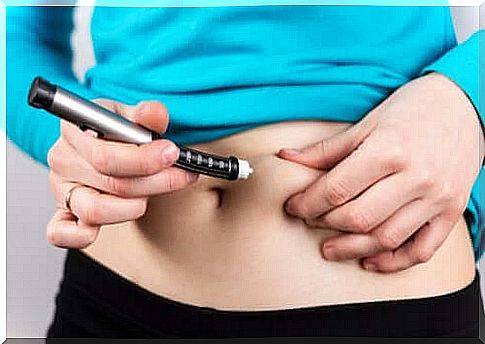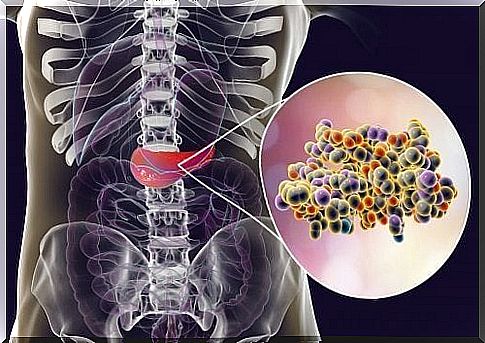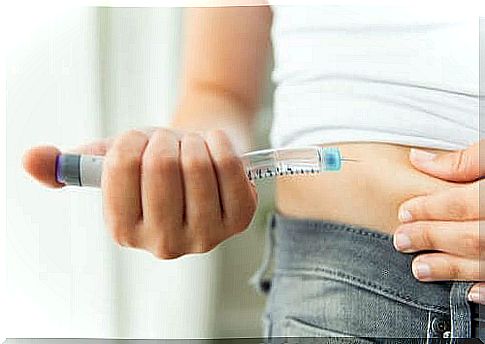Insulin Pens: Characteristics And Administration

Insulin pens are the most widespread method for administering insulin to diabetic patients. They consist of a comfortable and precise mechanism.
What is insulin?

Insulin is a hormone produced by the pancreas whose function is to regulate the amount of glucose in the blood. This hormone is absent or unusable in the bodies of people with diabetes. In fact, diabetes can have two different causes:
- Your body does not produce insulin: type 1 diabetes.
- Your body doesn’t use the insulin it produces properly: type 2 diabetes.
Artificial insulin is the fundamental treatment for type 1 diabetes. To explain how it works in our body, we can highlight three aspects that characterize it:
- Onset time: is the time that elapses before insulin reaches the blood and starts to lower the glucose level.
- The peak of maximum action: this is called the point at which insulin has its maximum power in relation to lowering blood glucose.
- Duration of effect: This is how long the insulin continues to lower the glucose level.
Types of Insulin
Types of insulin are classified according to how long it takes and how long it takes. According to this, we have:
- Fast acting : takes effect 15 minutes after injection. It reaches its maximum action in one hour and is effective for two or four hours.
- Short-acting insulin: This type of insulin reaches the bloodstream within 30 minutes of being injected. Its maximum effect is reached within two to three hours and is effective for three to six hours.
- Intermediate action: reaches the blood flow between two and four hours after injection. It has its maximum effect four to twelve hours after injection. Intermediate-acting insulin is effective for approximately twelve to eighteen hours.
- Long-acting insulin: usually reaches the blood several hours after the injection and keeps the glucose level low for 24 hours.
Types of Insulin Pens

There are two types of insulin pens:
- Disposable pens: used only once and when the insulin in the cartridge runs out, it is discarded.
- Reusable pens: have a device that allows you to change the cartridge when insulin runs out.
The amount of insulin injected can be regulated using a knob to adjust the dose, depending on your need. To be safe, needles should be changed whenever you inject.
Advantages and Disadvantages of Insulin Pens
As for the advantages of insulin pens, their injection is faster and easier, as the dose is already prepared. Also, through its dosing system, you can inject insulin more accurately. It also has the advantage of its shape, which makes it easy to transport and use.
However, insulin pens also have disadvantages, such as not being able to mix different types of insulin. They also have the disadvantage that they need to be purged and tested before each puncture. That way you waste insulin before each injection.
How does an insulin pen work?
Insulin pens, both disposable and refillable, contain a needle with which you inject. These needles, in the case of refillable pens, must be changed after each use.
Step-by-step instructions to use
Before giving the injection, wash your hands and adjust the dose needed on the display. Then keep the pen pointing with the needle up and press until you see a drop. This drop will be proof that it works correctly.
Clean the skin where you will puncture and adjust the dial until you reach the required dose. Then squeeze the skin where you are going to inject and push the needle in with a straight, quick motion. Then pinch the pen with your thumb to get the dose and discard the needle.
How to preserve insulin pens
For proper preservation of insulin pens, temperature and time must be taken into account. It is advisable to store it in the refrigerator at a temperature between 4 and 8 degrees. Furthermore, insulin should not be exposed to intense sources of light and heat.
It is not convenient for it to descend below 2 degrees, as if it did, it would lose its effectiveness. However, even if kept in the refrigerator, it will be in good condition for the period indicated on the container’s expiration date.









